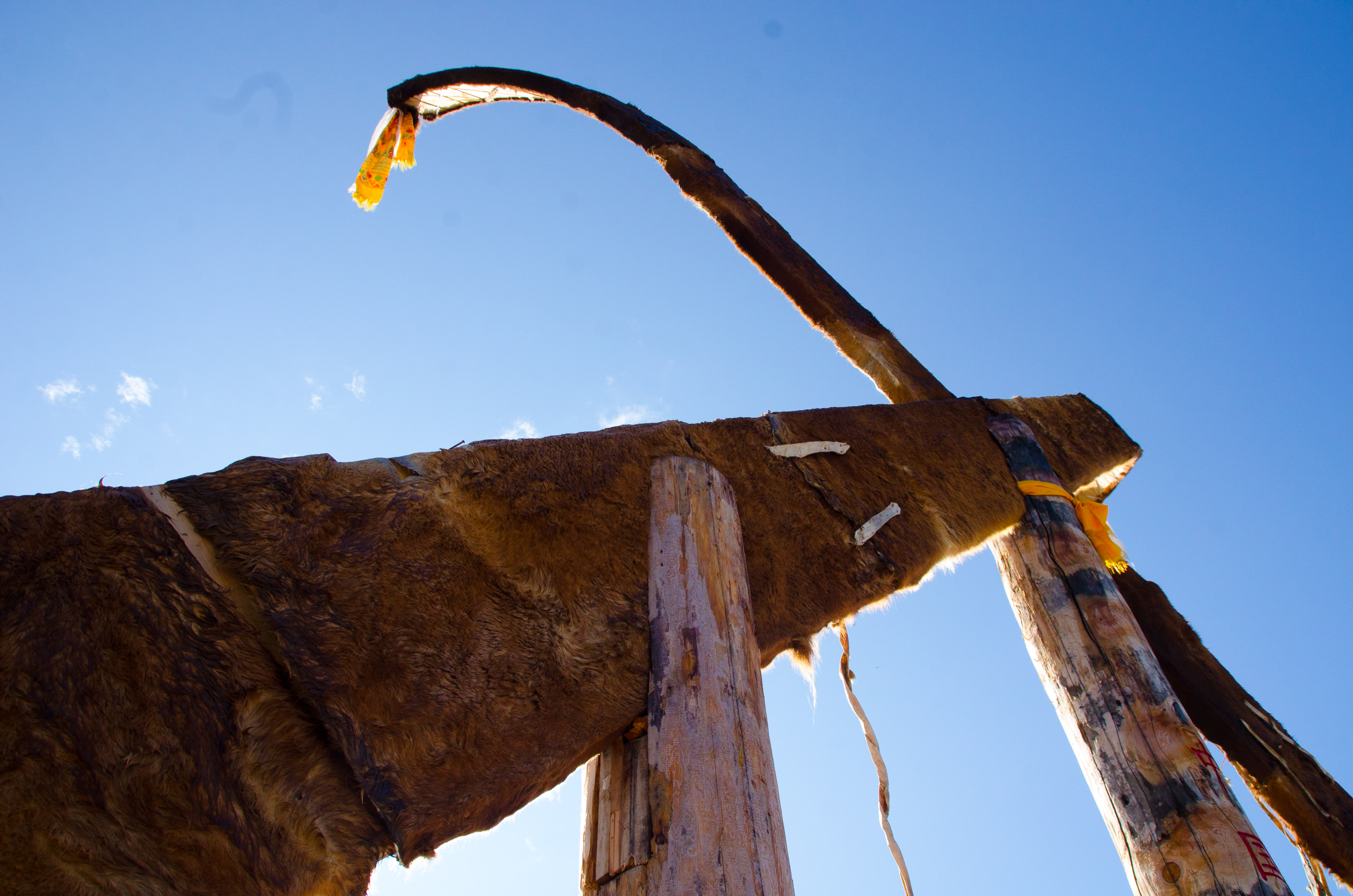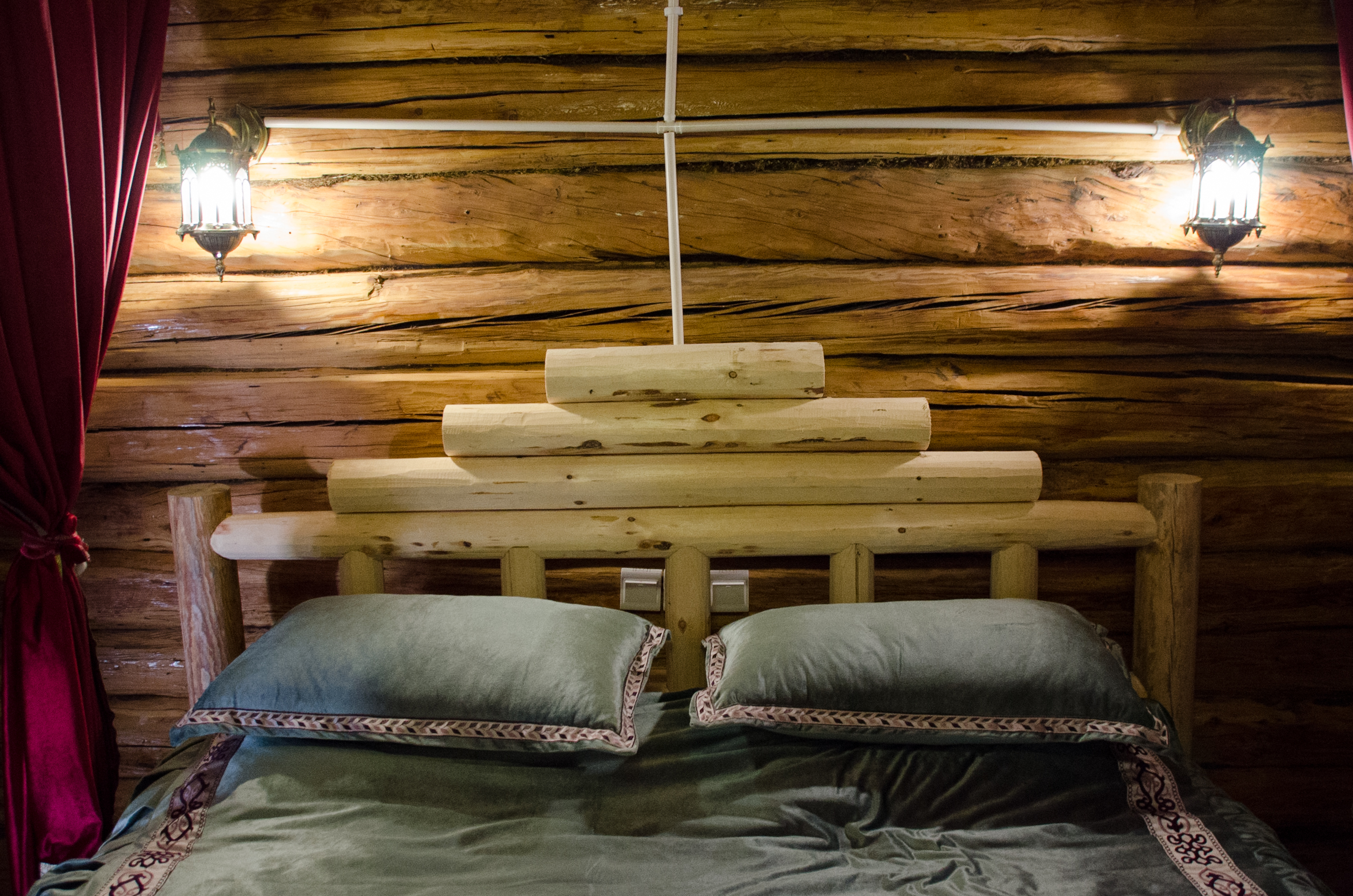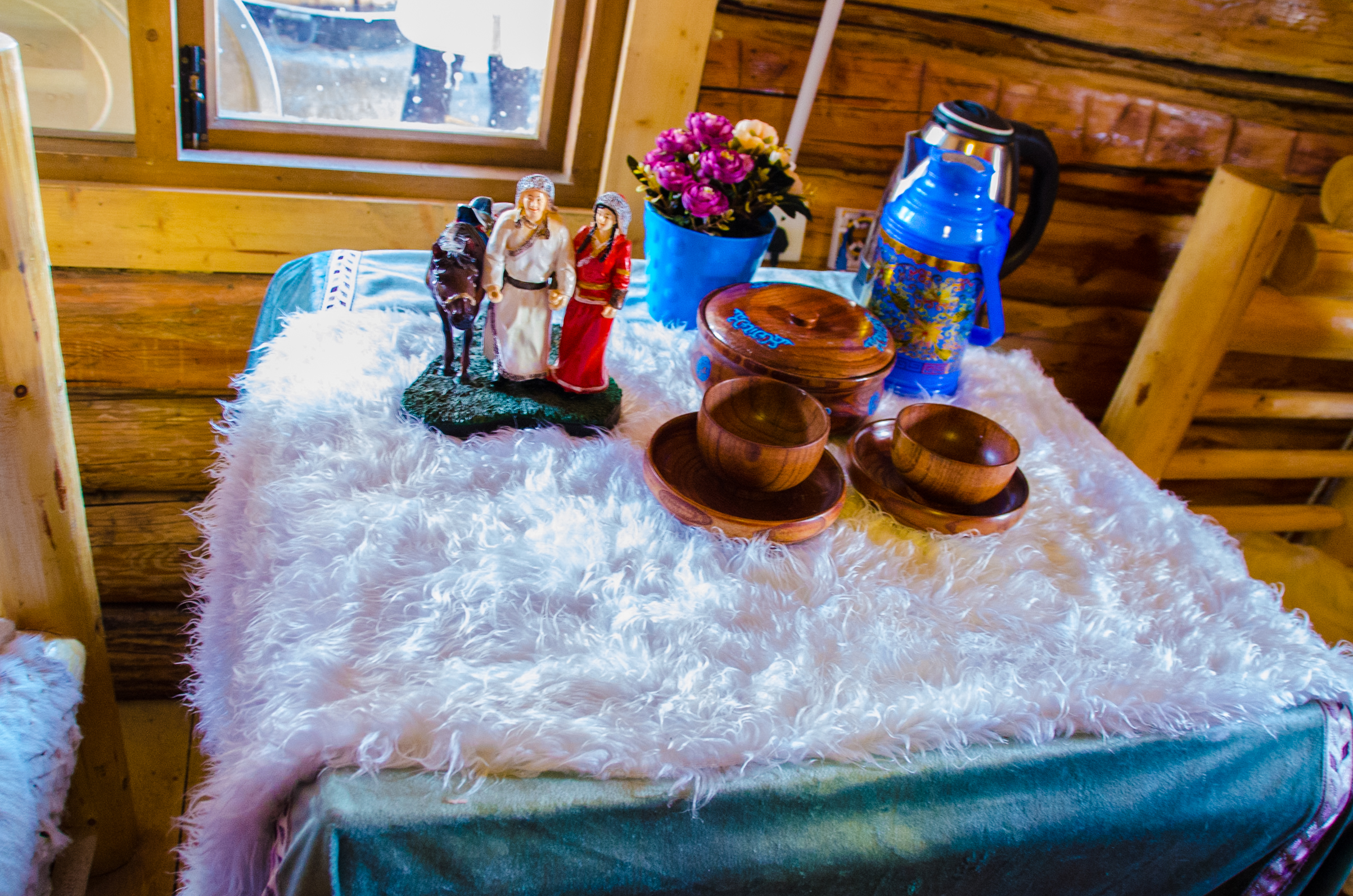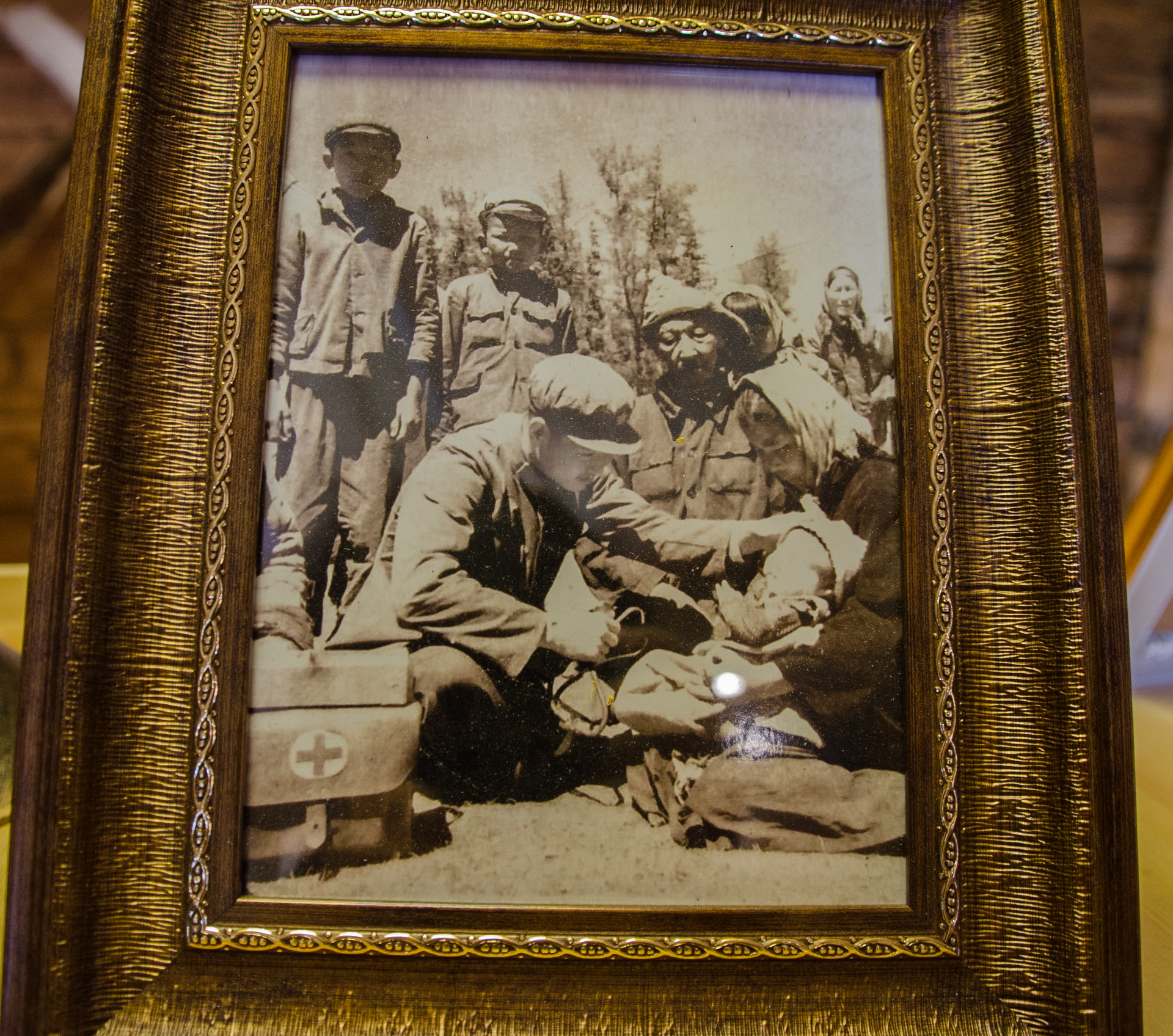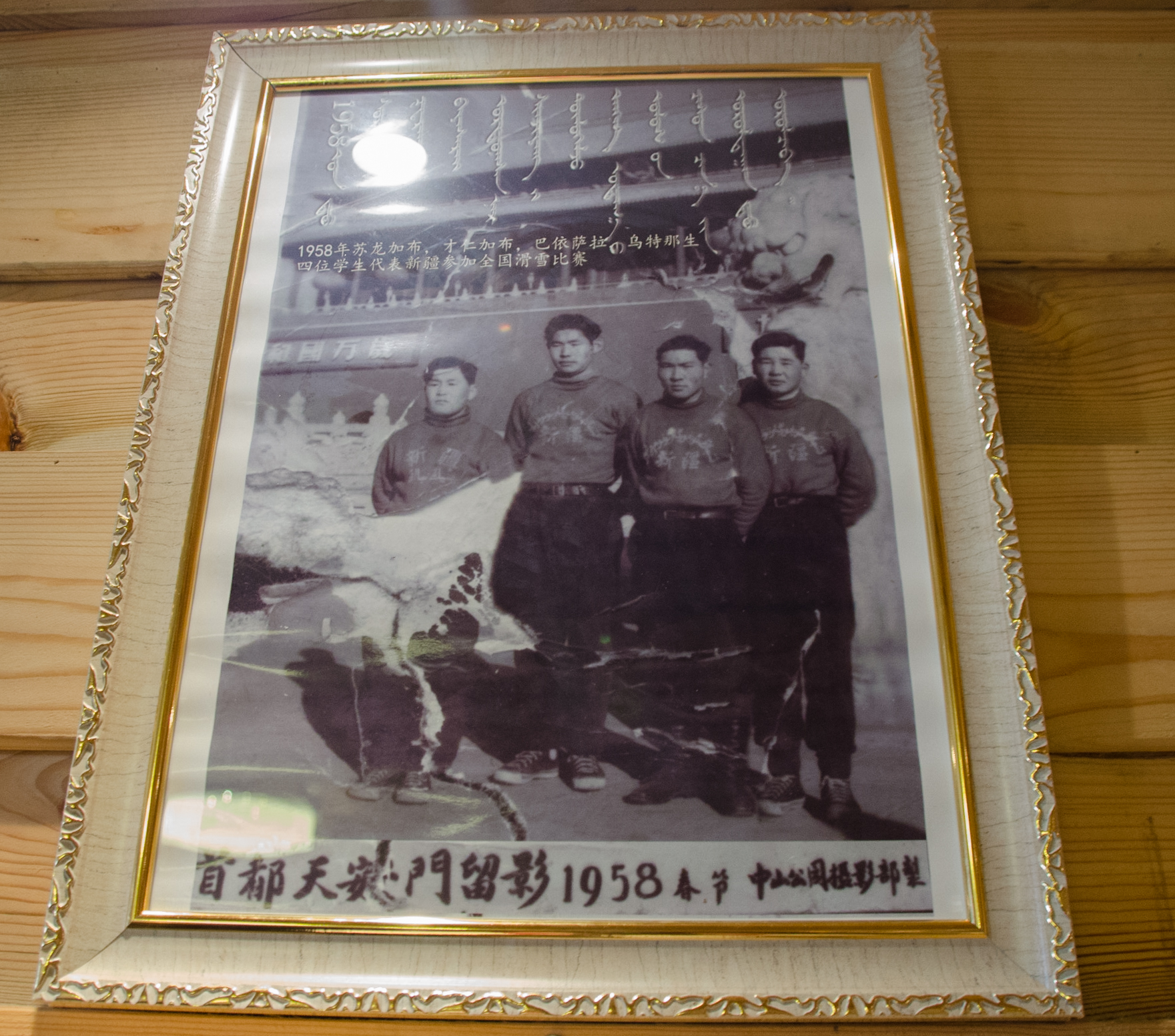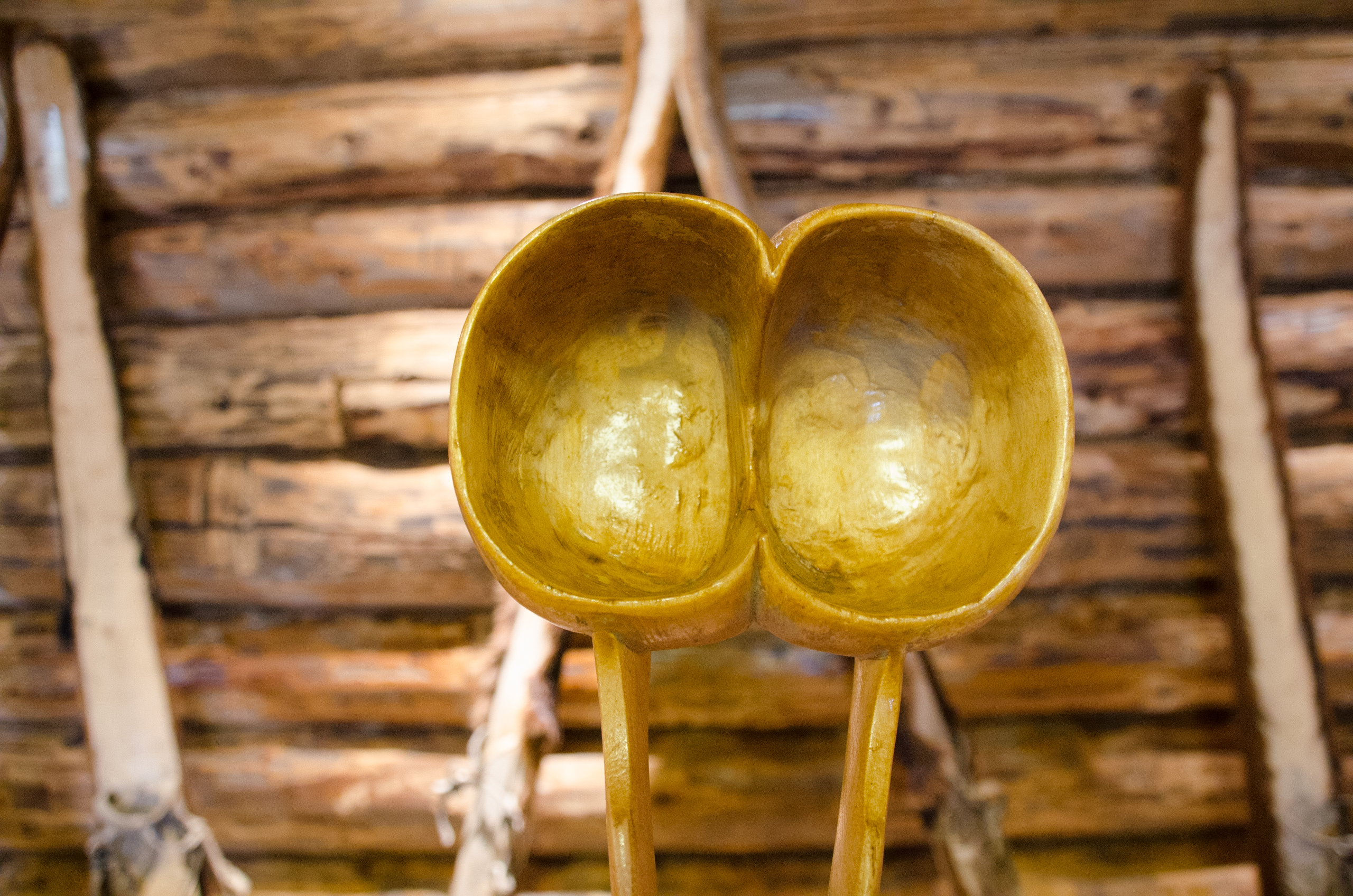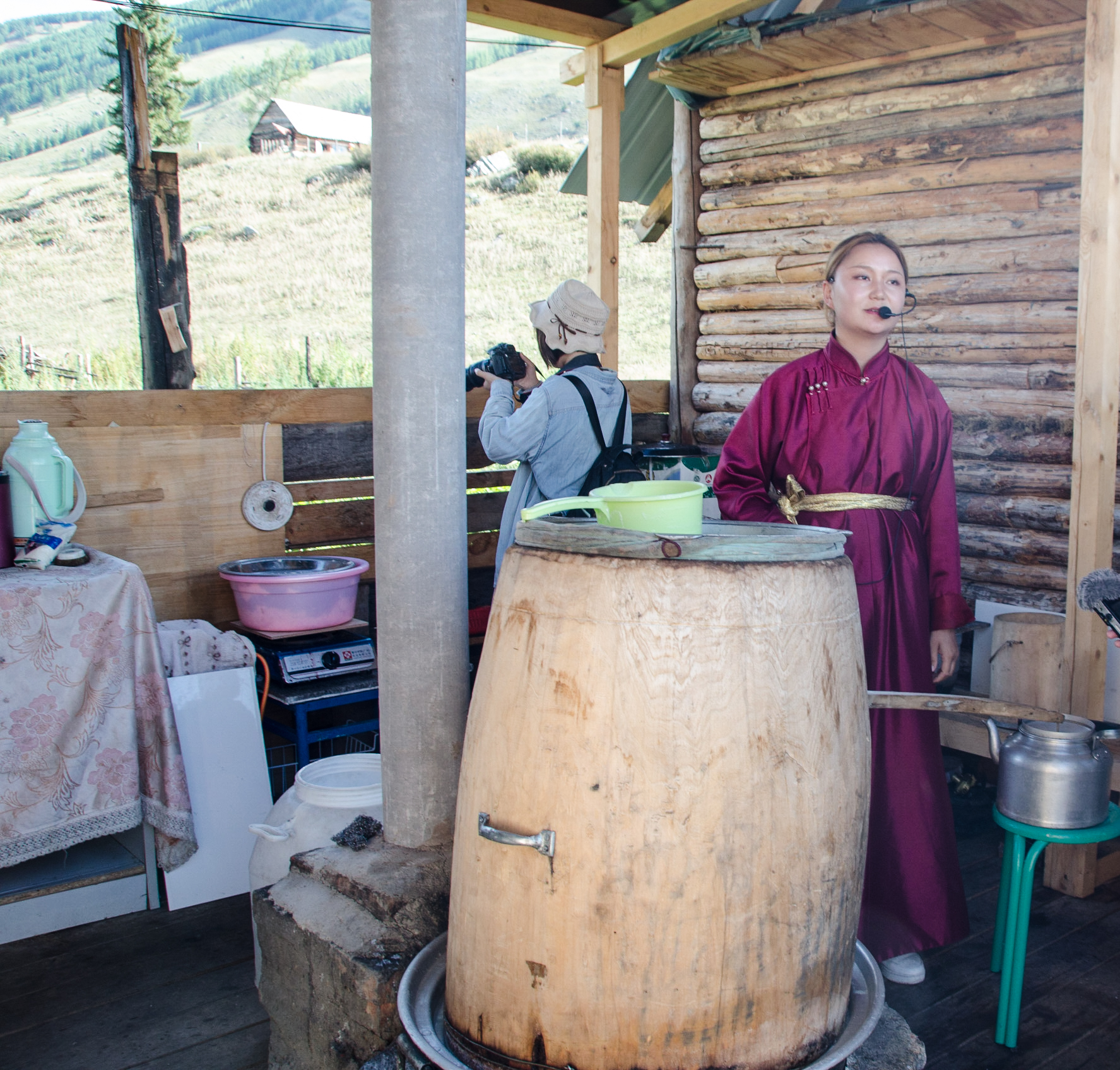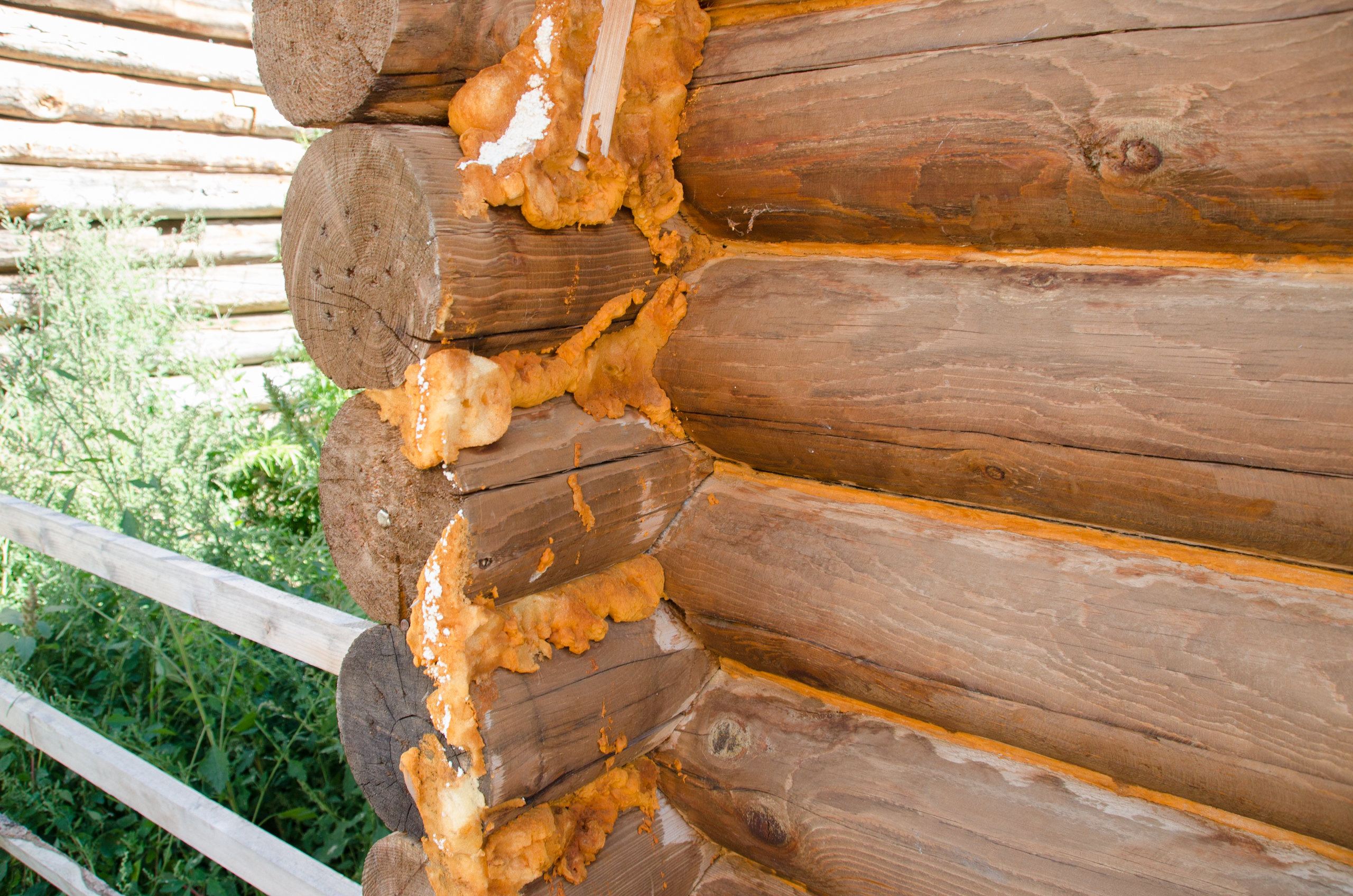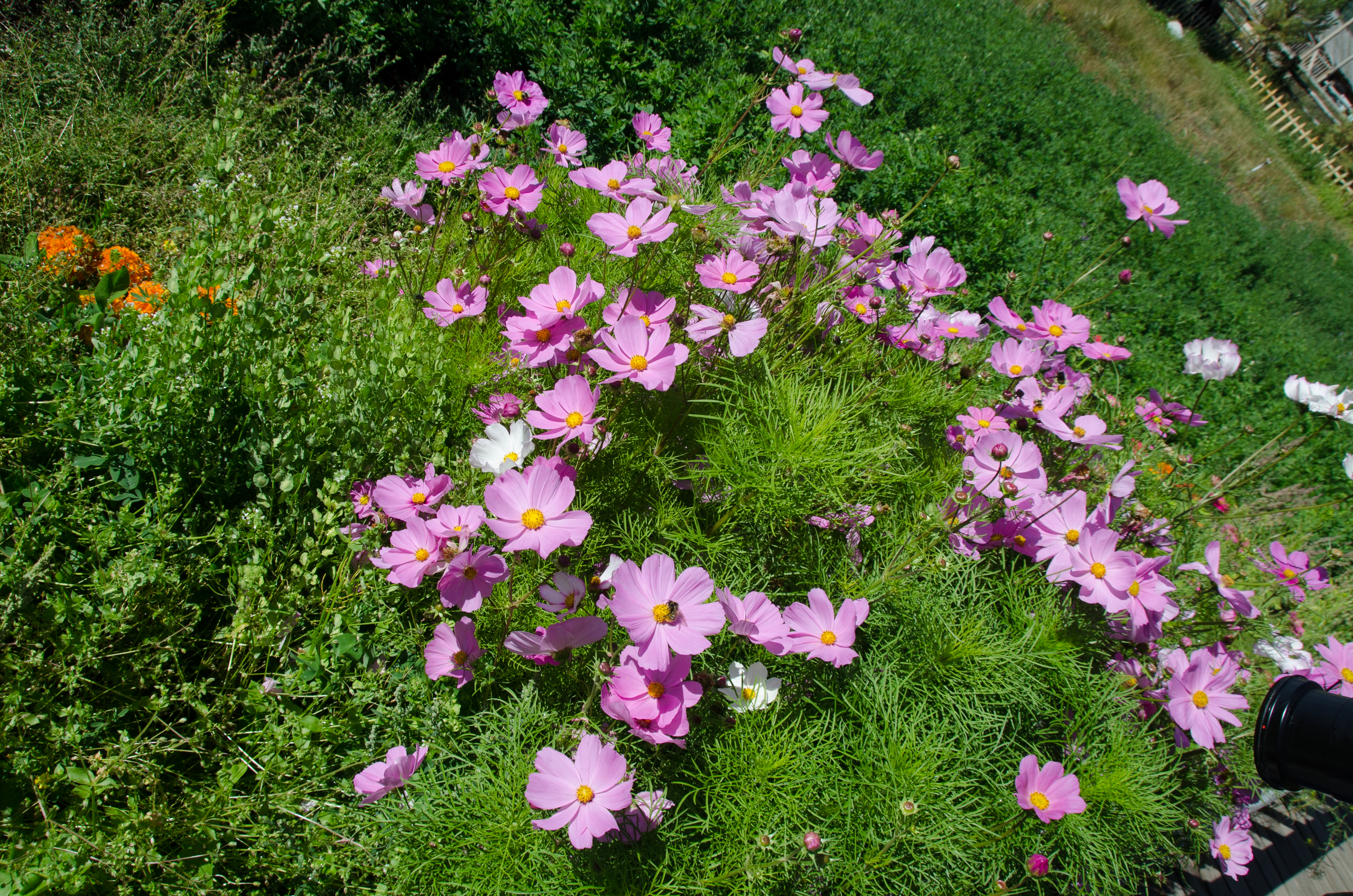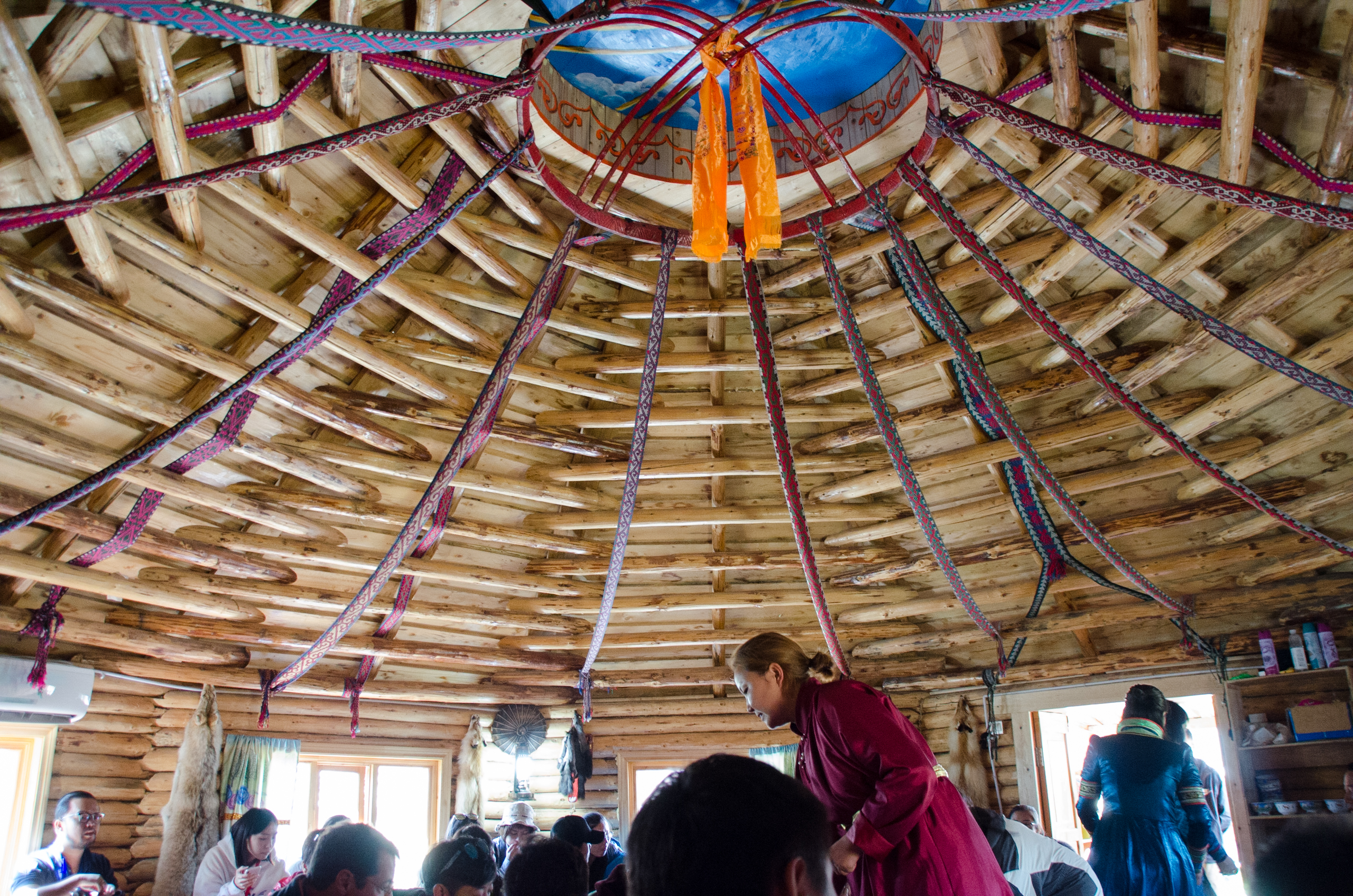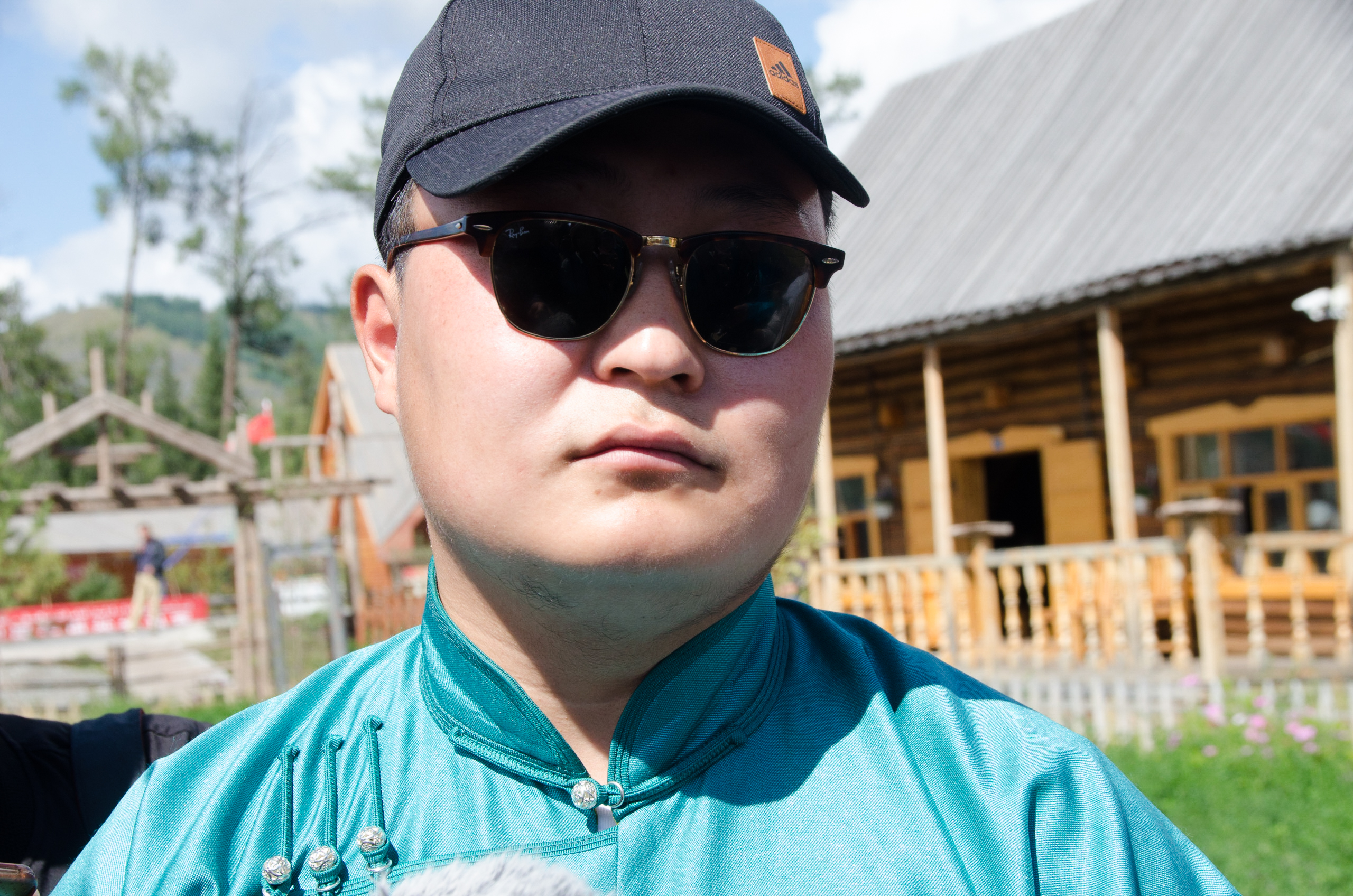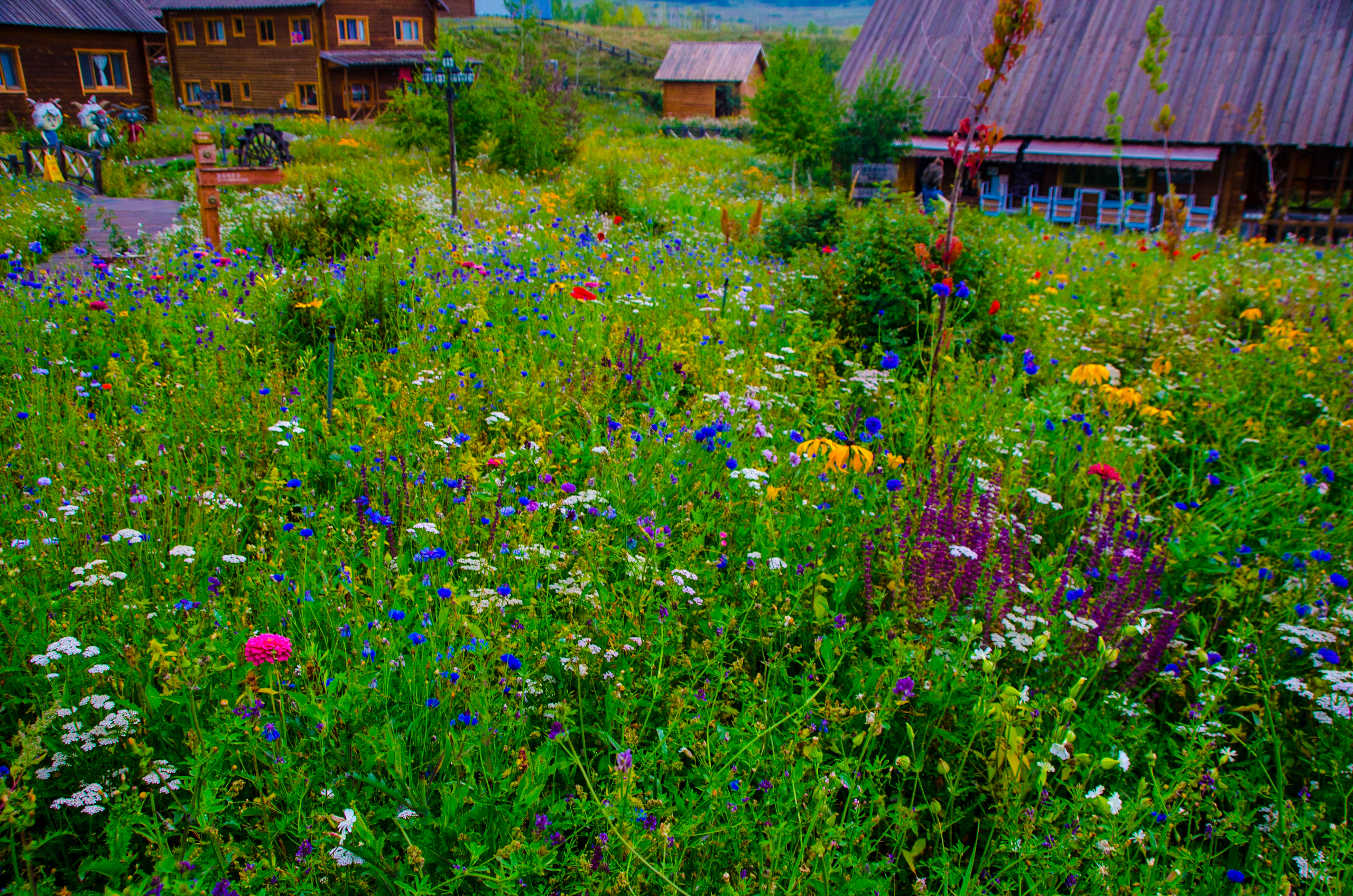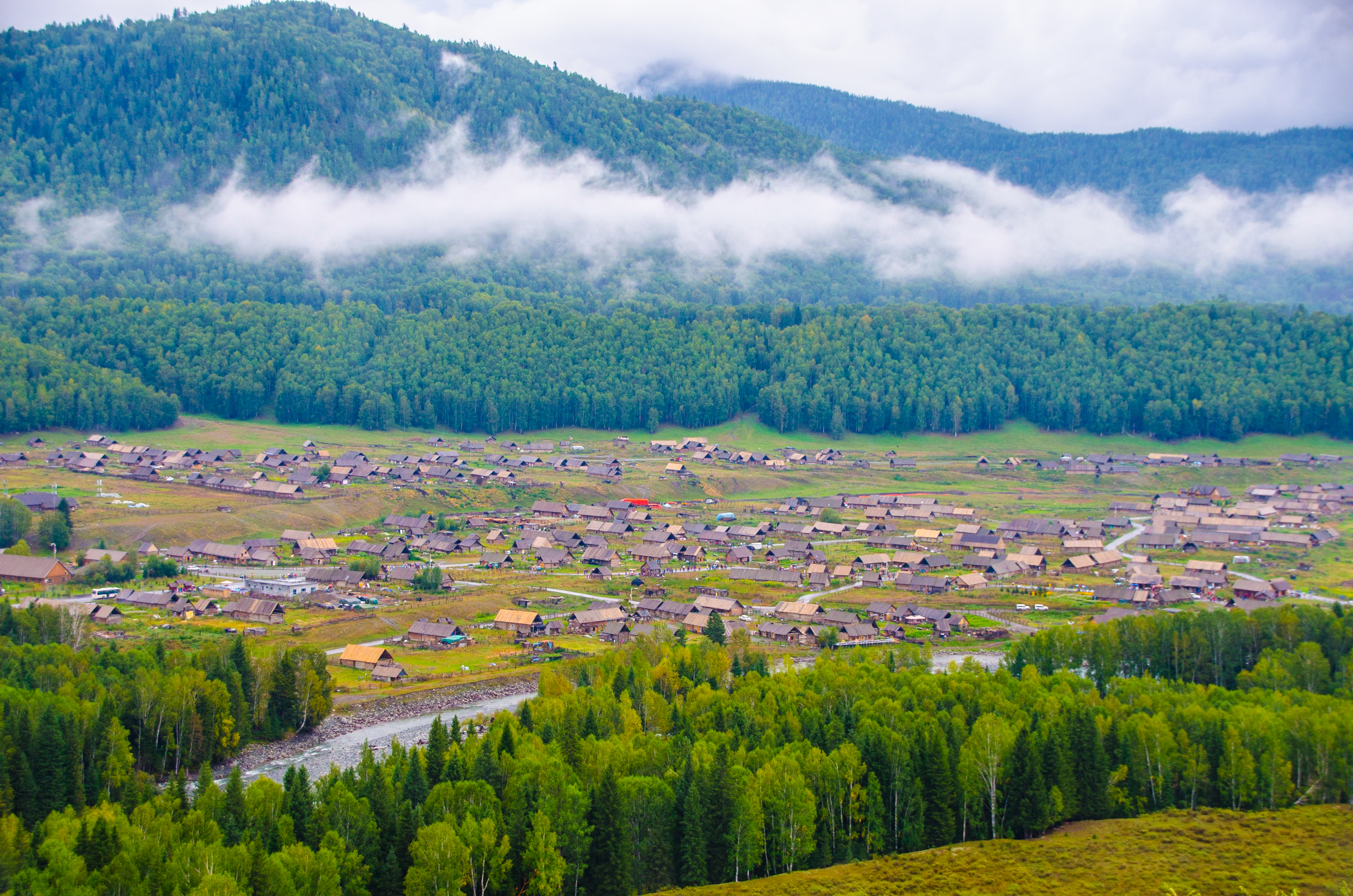By Xuefei Chen Axelsson
STOCKHOLM, Nov. 1(Greenpost) — On Aug. 30 and 31st, Chinese and Foreign journalists visited Kanas Rural Tourism Cooperative and Hemu Township. Hemu means fat referring to the fattiness of the sheep and cows in this area.
Entering Zalat folklore tourism cooperative, a lady Ouchun who wears a pink red Mongolian costumes welcomed us. Her Chinese sounds very standard and beautiful. “Here is our Tuva people’s home. Tuva people is one of the Mongolian branches. There are only about 2000 Tuva people all over China and about 1400 live here. ” Ouchun said.
Across the street there is a primary school, Tuva pupils are doing morning excercise and singing at the primary school. When they go to middle school, they will have to go to the county to be in a boarding school.
This is their home, it is also the rural tourism cooperative. Two huge skiing board were erected crossing to each other becoming the landmark of this cooperative. They are made of cow high.
Ouchun showed us a wedding room first. She said the bed is home made and all the pillows, quilts and mattress are made by the family members. There is also a shaking chair beside the bed covered by red clothes. There is pure white little sheep skin on the table making it look very clean and beautiful.
As we came into the family museum, we saw some treasurable photos. One was about a PLA doctor giving treatment to the child of the local people.
The other was about four sportsmen representing Xinjiang to participate in the national skiing competition in 1958 and they took a photo in front of Tiananmen by Zhongshan Park photographer.
There were also various tools used and made by Tuva people. For example they made a twin scoop out of tree.
They also have various kinds of leather clothes, wood scoop and the skiing board with skin wool. The guide said this was their special characteristic and there was science in it. ” With such kinds of skiing board, when you climb up, you will not fall back easily. When you walk down, it will be very quick.”
There is a milk wine making device in the adjacent room. A big barrel is full of milk and it is boiling all the time. At the same time, people put cold water on top of it and keep on stirring it. After a certain period, when it is warm, the wine will automatically flow out to the kettle. This kind of wine doesn’t taste wine, but taste a little bit like milk. The guide said this kind of wine doesn’t hit your brain, but hit your legs. If you drink a lot, you will have to sleep for a long time before you can get up.
Ouchun said the houses here are all made of wood. They don’t use any spikes, but use natural skills to put them together. They also use moss as a kind of insulation material as it shrinks in winter and grows out in summer. This is Tuva people’s tradition and also innovation. It is so ecologically friendly.
Gesang flowers were blossoming in the courtyard. Many other kinds of flowers were growing around the courtyard. The colors were rich and fresh. The air was fresh, the sky was blue and the cloud was very white. We met a wonderful weather.
In such a weather, people entered the Mongolian round house and listened to Mongolian’s Humai and the beautiful long tunes, drinking a cup of milk wine. It was so beautiful!
Ouchun told us that their ancester was Chinggiskaan and they hanged his picture on the wall. Ouchun was very humourous. She said “you just have to remember that we are Tuva people, who are speaking Tujue language, but our history was not written with any languages. Our history has been inherited by mouth. Some people said our ancestor was also the ancestor of the Indians, but as long as you remember that we are Tuva people under the Mongolian ethnic group and we believe in Tibetan Bhudism, at the same time we are also Chinese. This is enough”. I was so surprised that China has such an ethnic group which has so little population, yet they live a good and interesting life.
The people here are very musical. They use a kind of crop stick to make it a musical instrument. The young man performed it for us. After a warm applause, another three young men came in and they performed Mongolian music and sang their songs including the long tunes, Humai and other joyful ones. Their performances were just so wonderful. They are also very humourous.
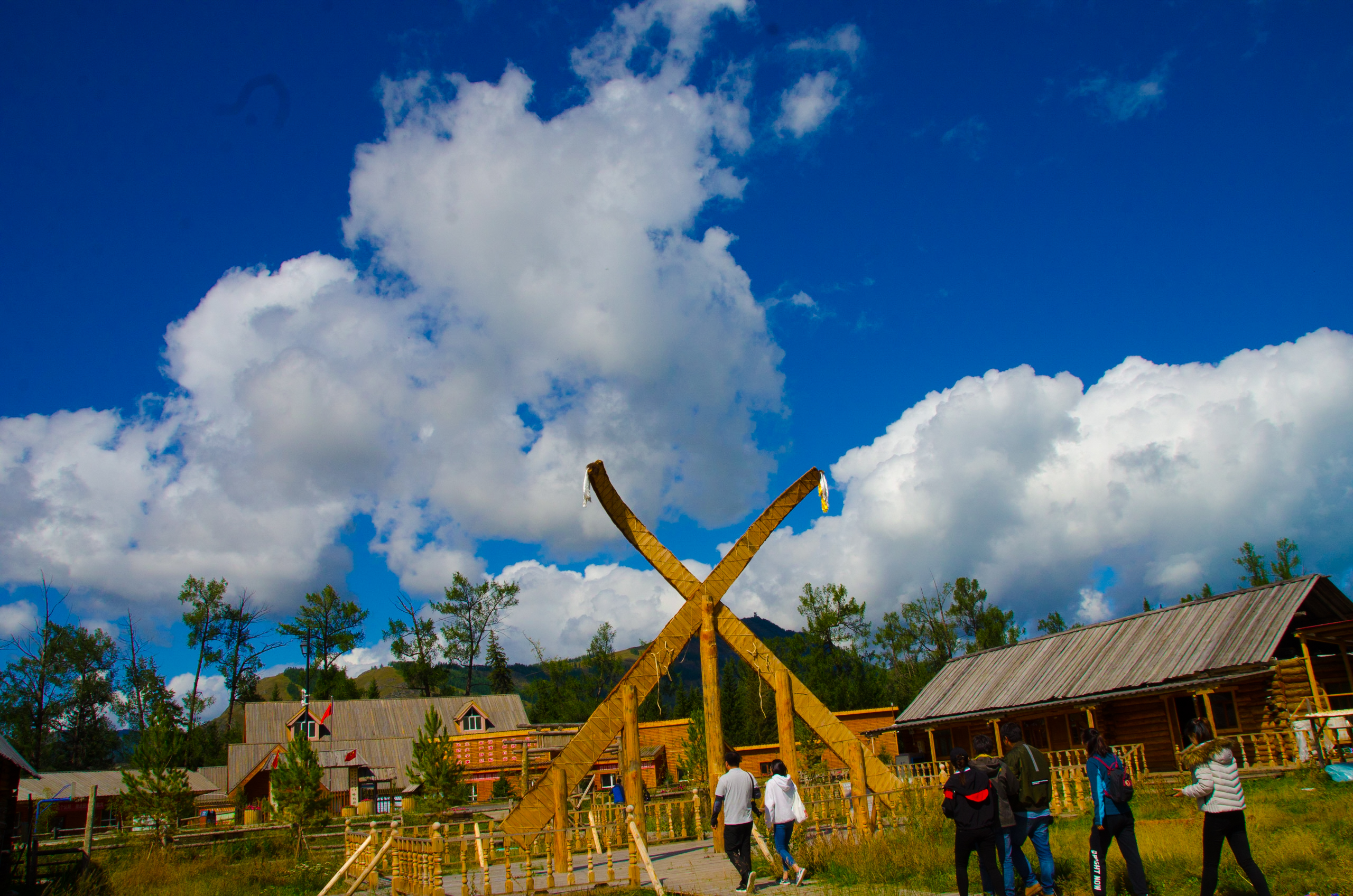 Leaving the commune, we saw a lot of such kind of houses nearby through the bus window. They are all made of tree and ecologically friendly.
Leaving the commune, we saw a lot of such kind of houses nearby through the bus window. They are all made of tree and ecologically friendly.
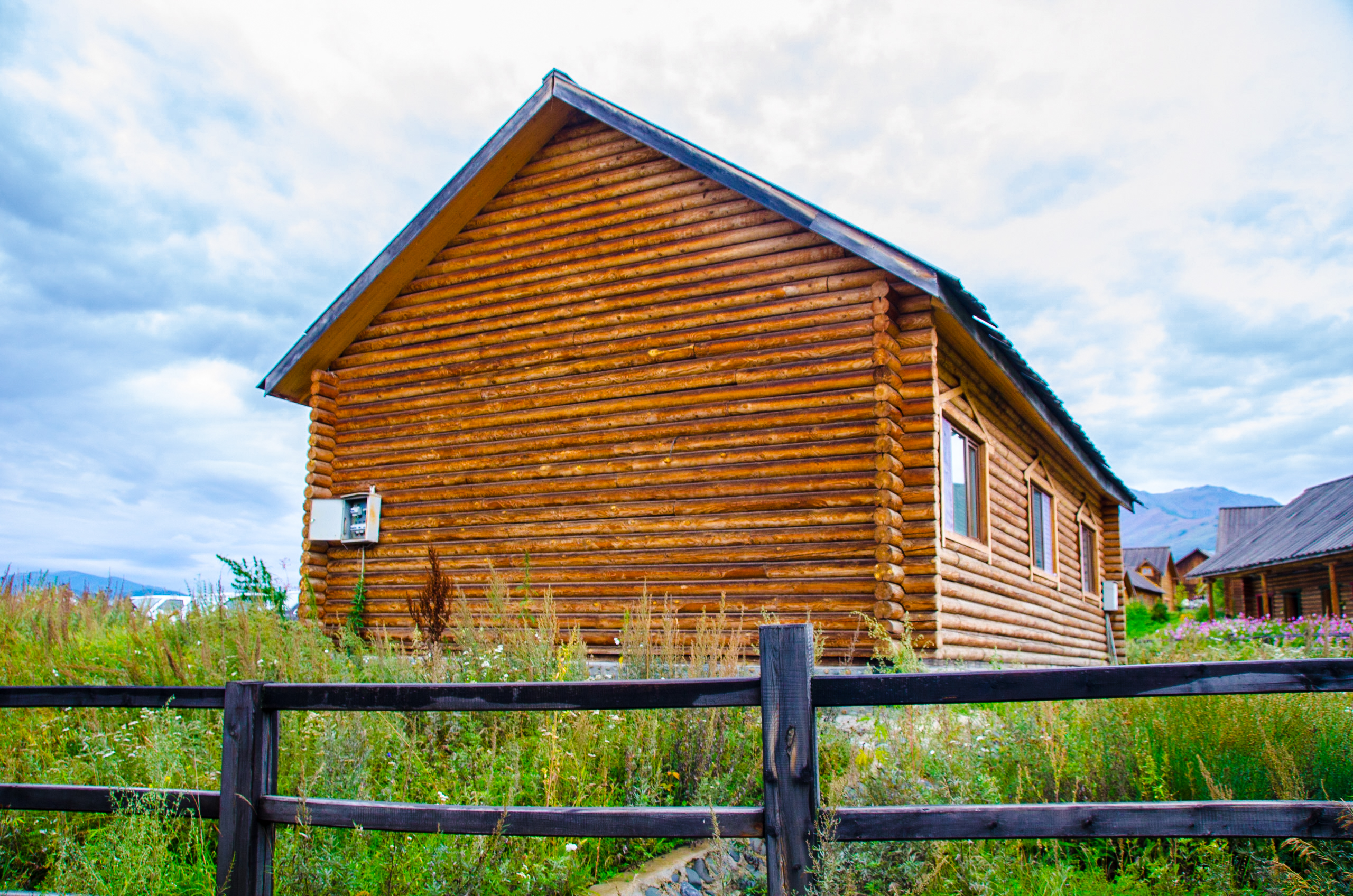 When we arrived in Hemu Villa, I thought this was as if it were a Swedish or Canadian town. There were all kinds of plants in front of the house.
When we arrived in Hemu Villa, I thought this was as if it were a Swedish or Canadian town. There were all kinds of plants in front of the house.
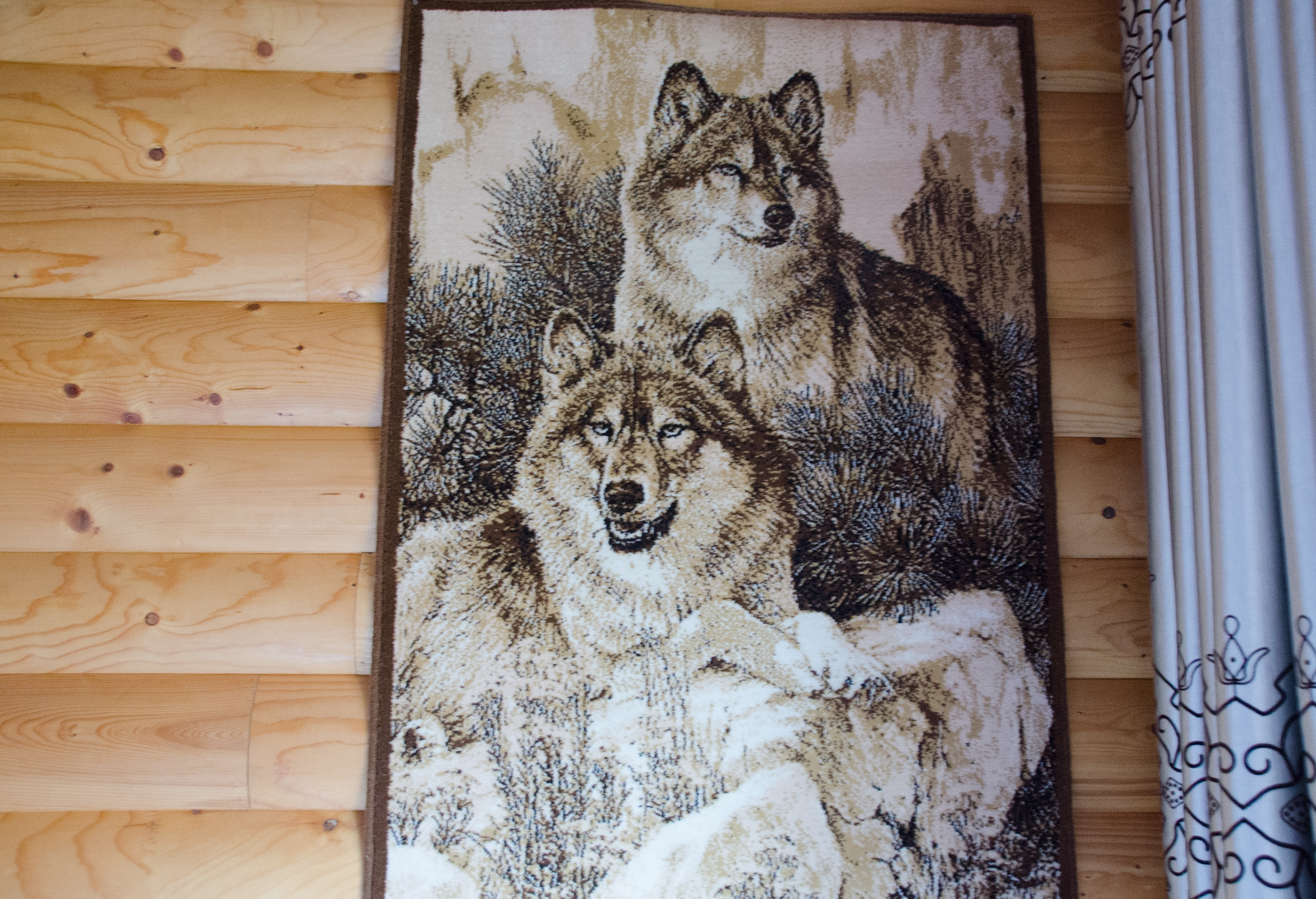 And inside my bedroom, they have such a beautiful painting.
And inside my bedroom, they have such a beautiful painting.
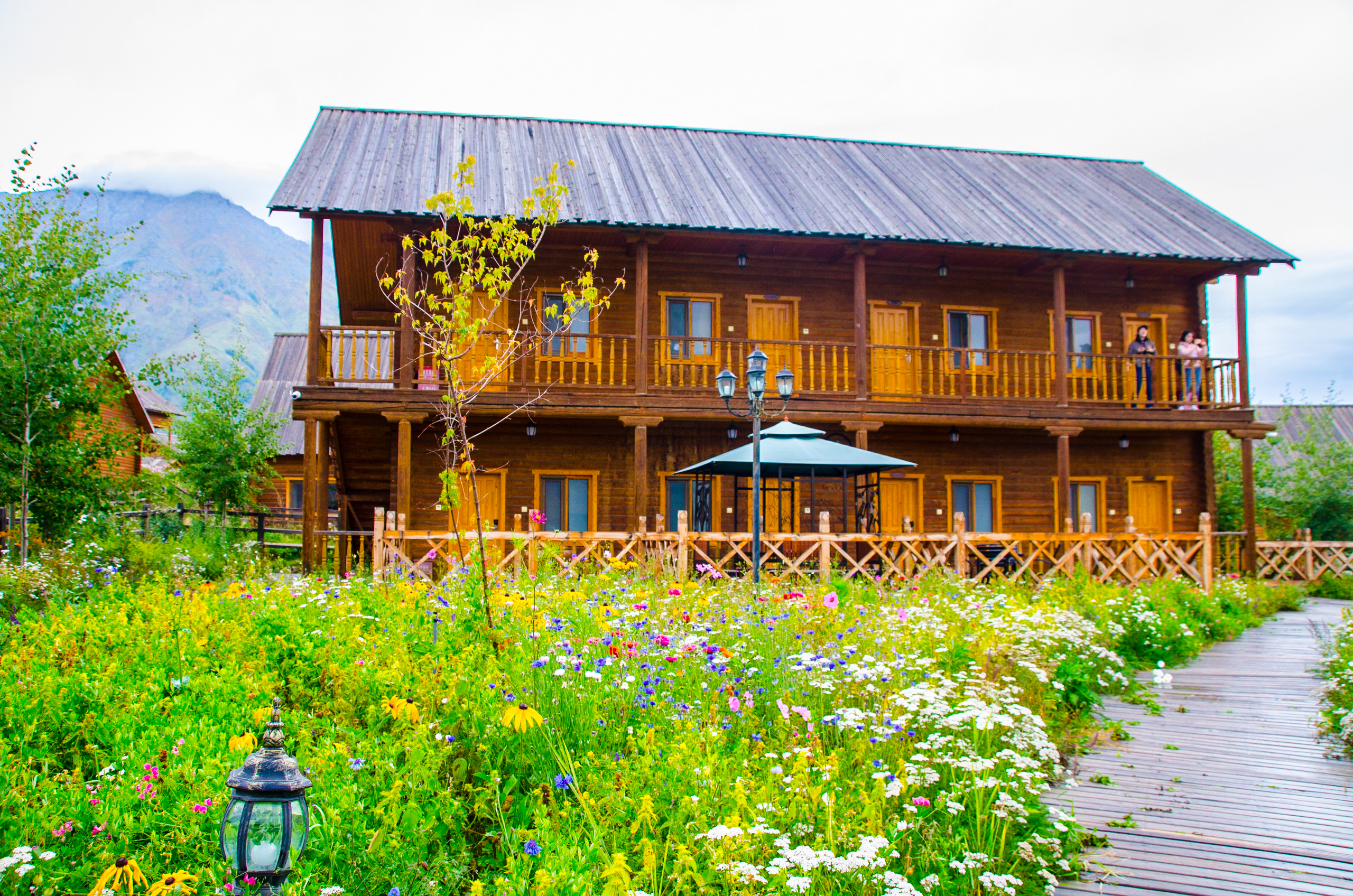 Sleeping in such an environment, it is in another world. This is so beautiful and so quiet.
Sleeping in such an environment, it is in another world. This is so beautiful and so quiet.
The next day we encountered a rainy day. It rained the whole day. We first went through the Yuanjiang Bridge which was built with the support of the Heilongjiang Province in Northeast China.
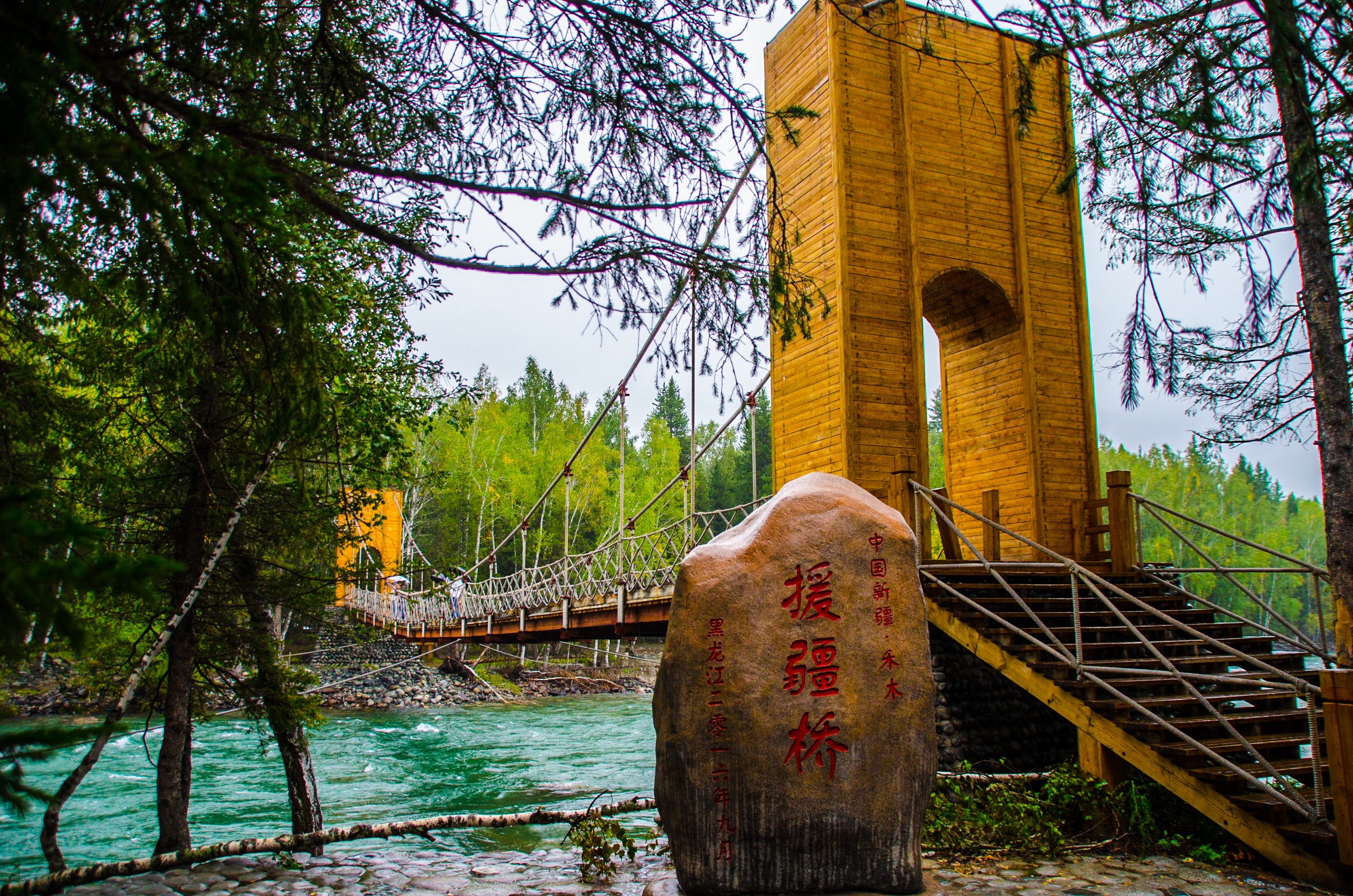 This was also one example of how Chinese inland provinces help Xinjiang. We came to the Hadeng plateau. Here we can see all the villages and houses. The houses were built in a valley which was very beautiful and felt like a garden area surrounded by forests and rivers.
This was also one example of how Chinese inland provinces help Xinjiang. We came to the Hadeng plateau. Here we can see all the villages and houses. The houses were built in a valley which was very beautiful and felt like a garden area surrounded by forests and rivers.
Tuva people rely on animal husbandry and tourism to get an income. They also get support from the government. On average, per capita income can reach 60 thousand yuan or about 10 thousand US dollars.
We also met a couple who were going to get married and took photo here. In an interview with their agent, we got to know that they were arranged by the photo galleries and photographers to take photo here. This was a new style for the people in the city to have a chance to come to the rural area and experience the love and life in the prairie area. The bride wore all kinds of traditional Mongolian hat and costumes which was quite heavy and the bridegroom would pull the horse and walked around, what a romantic experience!
Kanas is an unforgettable area.
The most unforgetable scene was the last dinner. Maybe because we had a long day, the journalists sat around a huge table and they couldn’t help eating anything that came on the table. But gradually, the table was full of dishes.
When we were almost all full, Green Post’s editor Xuefei Chen Axelsson proposed that it was the last dinner, people should speak up something, singing or dancing, just speak up your mind. The purpose is to improve our understanding of not only Xinjiang, but also each other. Xuefei took the lead to sing a beautiful Chinese song, Qinghai-Tibet Plateau. It is just a song to sing the nature of the Qinghai-Tibet Plateau and the huge mountains. Then the Afghan, Egyptian, Turkish, Pakistani, Indian and Bangladesh journalists also sang one after another. The Bangladesh journalist was very professional. Indonesia, Kyrgyzstan, Uzbekistan, Malaysian journalists and Xinjiang Information colleague danced together with beautiful melody. Everyone expressed their thanks to the organisers for their considerate work and the interpreter who did a good job.
By listening to the music and songs, we can feel that actually the Asian cultures are so similar to each other, central Asia and South Asia, their language and music are also similar. Although we are from different country, our culture are similar. Thus, the belt and road initiative will link many countries together. Your reporter believe that Asian people can unite and help each other to jointly develop. This will be conducive to the world peace and development too. Thus, this last dinner was also unforgettable for me.

